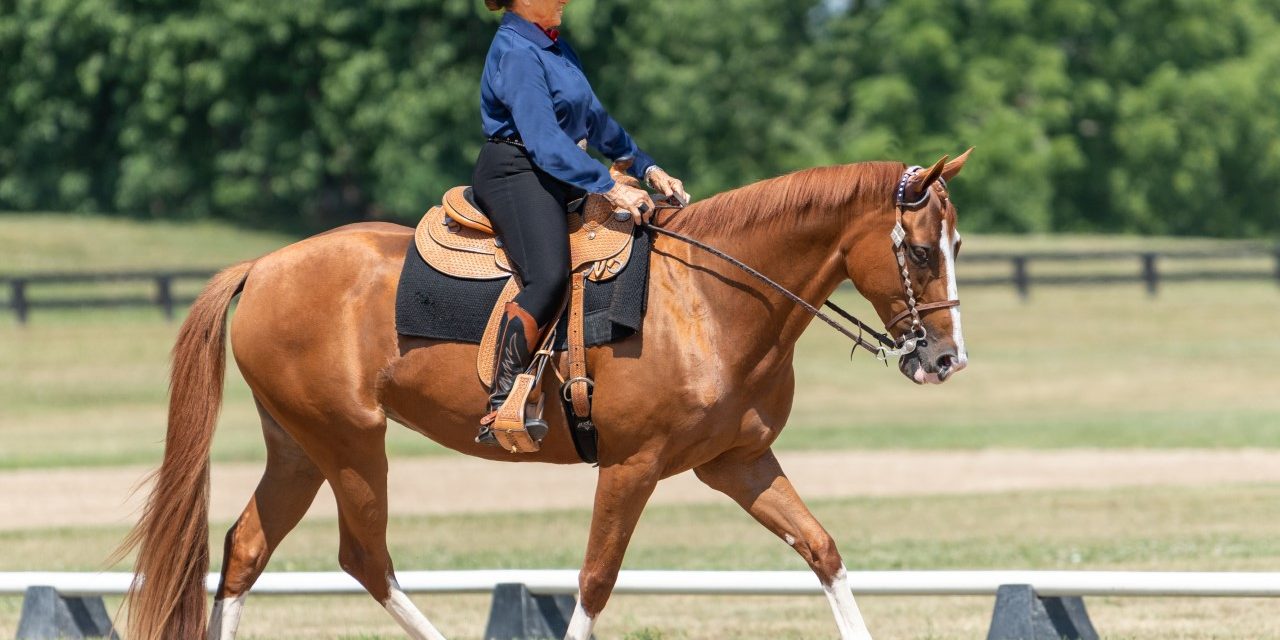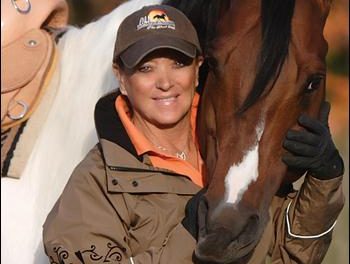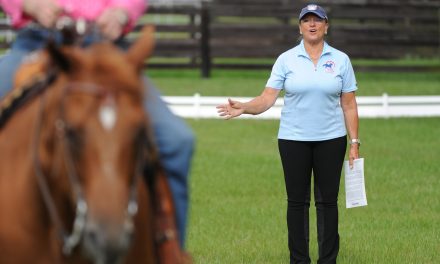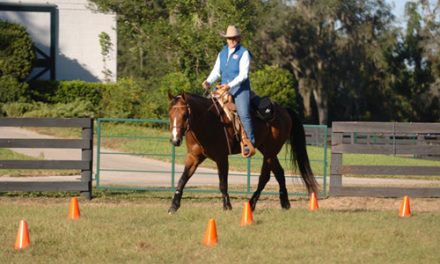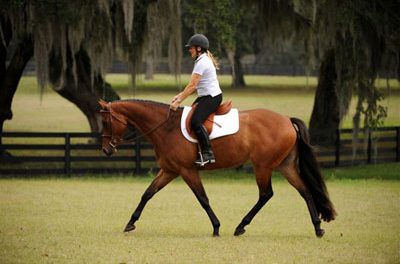PALM PARTNERSHIP TRAINING™
Building a Partnership with your Horse
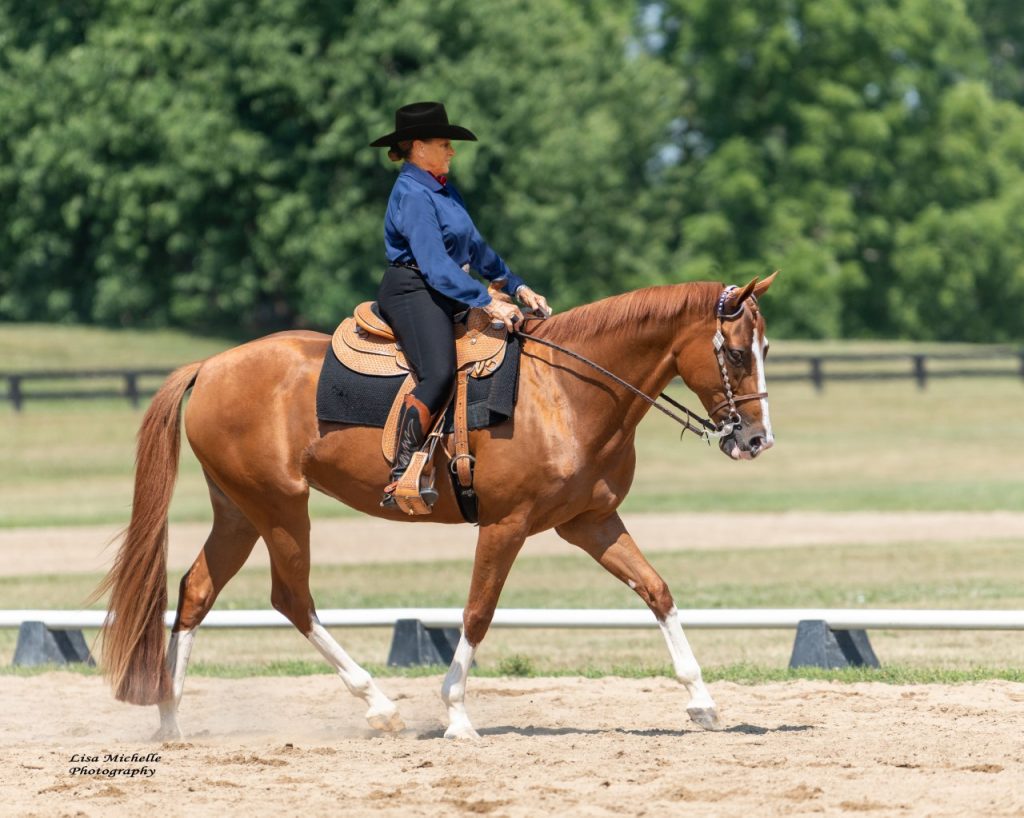
Dressage is the only way to naturally train Western horses of any breed. After all, a horse is a horse! You don’t have to train differently just because you use an English or Western saddle.
We must remember that “Dressage” is a French word that means “training of animals.” Dressage is a foundational way to teach a horse according to his natural instincts, behaviors, personality and temperament. Dressage utilizes successful methods that have been practiced for centuries.
When you use Dressage properly, you teach the horse to learn with confidence and willingness. Dressage also teaches the trainer or owner to advance the horse with patience and time. It’s only practical to use a common sense approach to develop the horse’s health and fitness as he advances in his training.
I believe that the best part of using Dressage for Western horses is that the levels and tests give you a structured guideline for training. If you follow the tests with training figures, transitions, and control the rhythm in the gaits, you will find yourself practicing in a step-by-step manner. This enables you to train your horse with understanding and willingness when you can accomplish each step well and with accuracy. This is how I learned in an English Dressage saddle many years ago. Today, I would not ride or train a horse any differently in an English or Western saddle. The beauty of Dressage is that it is training is for ALL breeds of horses.
Of course, becoming a good rider is the most important tool for the training of your horse. Your equine partner will improve as you better your riding and understand the correct mechanics of how a horse’s body operates, along with his simple, natural instincts.
Follow these tips as you learn to train your horse successfully:
- Conformation and form to function is necessary for a performance horse to achieve his potential; you can’t expect a horse to do something he’s physically not built to do
- Always remember that horses have strong prey animal instincts and behaviors
- Train with variety to keep the horse interested; horses learn through repetition but not “drilling”
- Patience is crucial! Take your time and don’t rush any steps
- “Listen” to what your horse is “saying” through his body language, including ears, eyes, mouth, tail, and overall composure
- Use Dressage levels and tests to help your horse learn in a practical way
- If you run into challenges at any level, just go back and perfect the lower levels or tests
- Always respect the fact that you have to Ride Well for your horse in order for him to learn and give back
- Giving your horse a variety of training and fitness work at least 5 days per week
- Keep your horse happy by leaving the arena behind and training on the trail (Refer to my E-book, Training Outside the Box)
Remember, patience, understanding and Dressage training will always bring you a willing and happy horse, but you also have to “Be the Rider Your Horse Deserves!”
We love to share our dressage backgrounds and knowledge with you and would love to have you come ride with us. You can join us at our farm in Ocala, Florida, or at one of our Ride Well Clinics on our USA Tour at a location near you.
For more information on these training materials and more, as well as clinics, please visit www.lynnpalm.com or call us at 800-503-2824.

